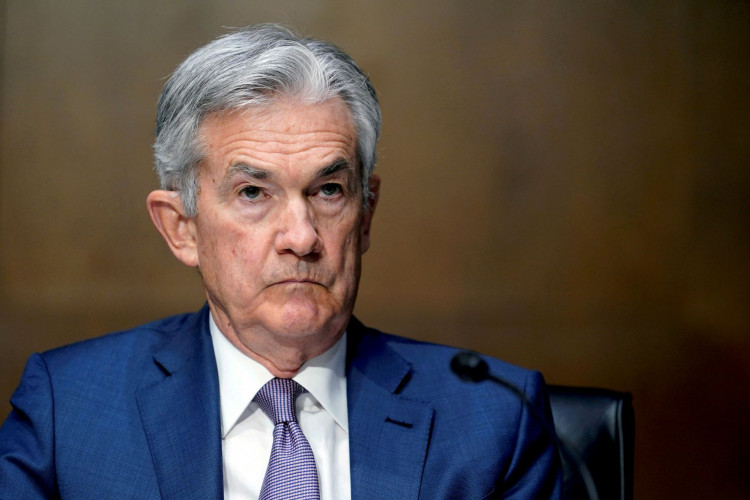The Federal Reserve opted to keep its key interest rate unchanged on Wednesday, signaling a more cautious approach to monetary policy as inflationary pressures persist. The Federal Open Market Committee (FOMC) indicated that only one rate cut is likely before the end of 2024, down from the three previously projected in March. This decision underscores the Fed's ongoing concerns about inflation and its commitment to a gradual approach in adjusting monetary policy.
Following a two-day meeting, the Fed announced its decision to maintain the federal funds rate within the range of 5.25% to 5.50%, a level it has held since July 2023. This rate, which influences borrowing costs across the economy, is currently at a 23-year high. The decision was unanimous among the committee members.
"Inflation has eased over the past year but remains elevated," the Fed's post-meeting statement noted, highlighting the persistent challenge of managing price stability. In a subtle shift from previous communications, the statement acknowledged "modest further progress" towards the Fed's 2% inflation target, replacing the earlier characterization of a "lack of further progress."
The Fed's updated projections, known as the "dot plot," reflect a slightly more optimistic outlook for inflation, although it remains cautious. The committee now expects inflation, as measured by the core Personal Consumption Expenditures (PCE) index, to end 2024 at 2.8%, up from the 2.6% forecast in March. The core PCE index, which excludes volatile food and energy prices, is the Fed's preferred gauge of inflation.
Despite the unchanged interest rates, the Fed's forecasts indicate a more aggressive cutting path in 2025, with four reductions totaling a full percentage point anticipated. This would leave the benchmark rate at approximately 4.1% by the end of next year, assuming the projections hold. Notably, the long-run rate of interest, which neither stimulates nor restricts economic growth, has been revised upward to 2.8% from 2.6%, suggesting that the higher-for-longer narrative is gaining traction among Fed officials.
Fed Chair Jerome Powell emphasized the need for continued vigilance in monitoring economic indicators. "We need to see confirmation that inflation is moving sustainably toward our 2% target before considering rate cuts," Powell stated. This cautious approach is reflective of the mixed economic data and persistent inflationary pressures that have characterized the year.
The decision comes against a backdrop of resilient inflation data. The Bureau of Labor Statistics reported that the Consumer Price Index (CPI) for May was flat month-over-month, with an annual increase of 3.3%, slightly down from April's 3.4%. Core CPI, which excludes food and energy, rose 0.2% month-over-month and 3.4% year-over-year.
Economic growth has also shown signs of slowing. The first quarter of 2024 saw GDP rise at an annualized pace of just 1.3%, though recent data from the Atlanta Fed suggests a more robust growth rate of 3.1% for April and May. This mixed economic picture has led to ongoing uncertainty about the path of monetary policy.
The Fed's decision to hold rates steady reflects its delicate balancing act between supporting economic growth and curbing inflation. Market participants had hoped for a more accommodative stance, but the Fed's cautious approach underscores its commitment to ensuring inflation is firmly under control before easing policy.
The impact of the Fed's decision was felt across financial markets. Stock futures rose, while Treasury yields declined, reflecting investor sentiment that the Fed's cautious approach might mitigate the risk of an economic downturn. However, the market remains wary of the potential for future rate hikes if inflation does not abate as expected.
The path forward for the Fed remains uncertain, with several factors influencing its policy decisions. The upcoming inflation reports will be crucial in shaping the Fed's actions, particularly as it approaches its September meeting, which some view as a potential starting point for rate cuts, contingent on favorable inflation data.






